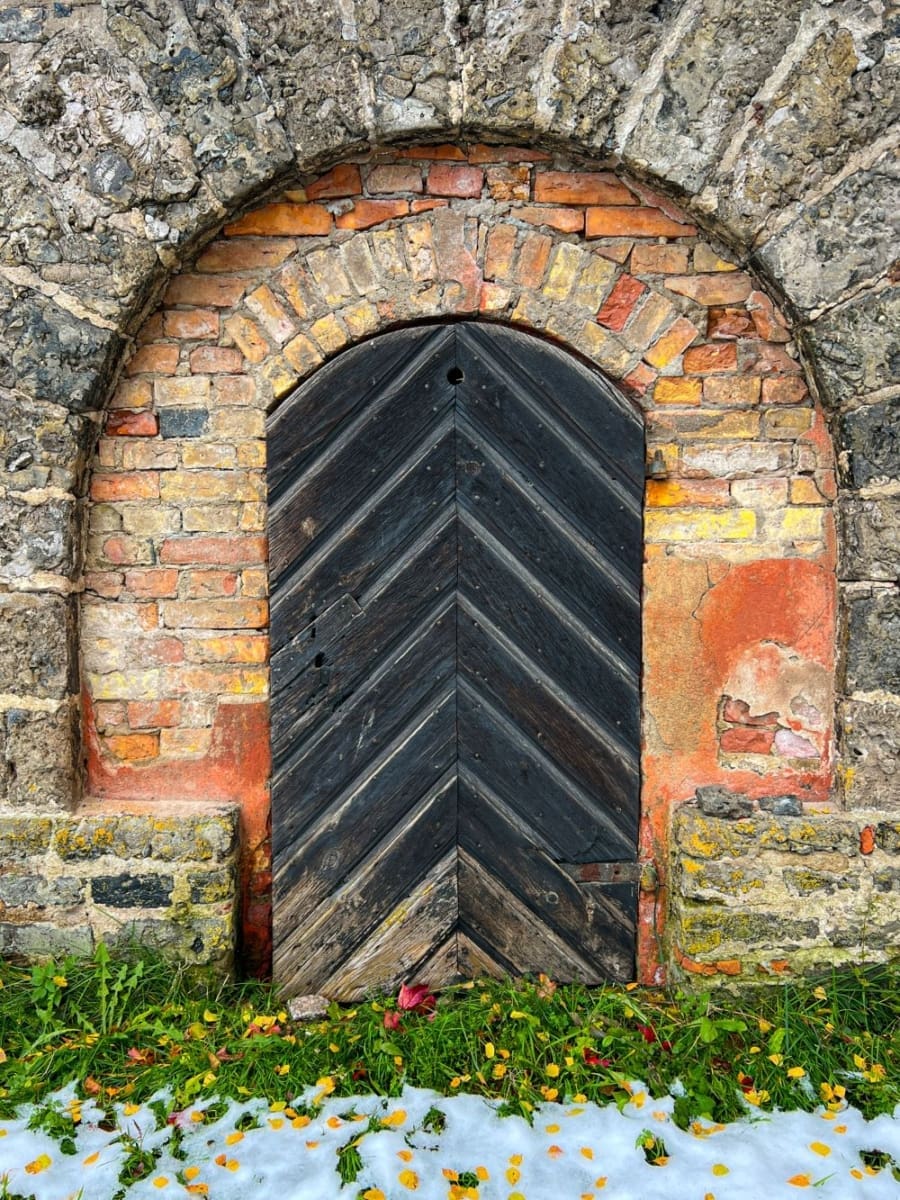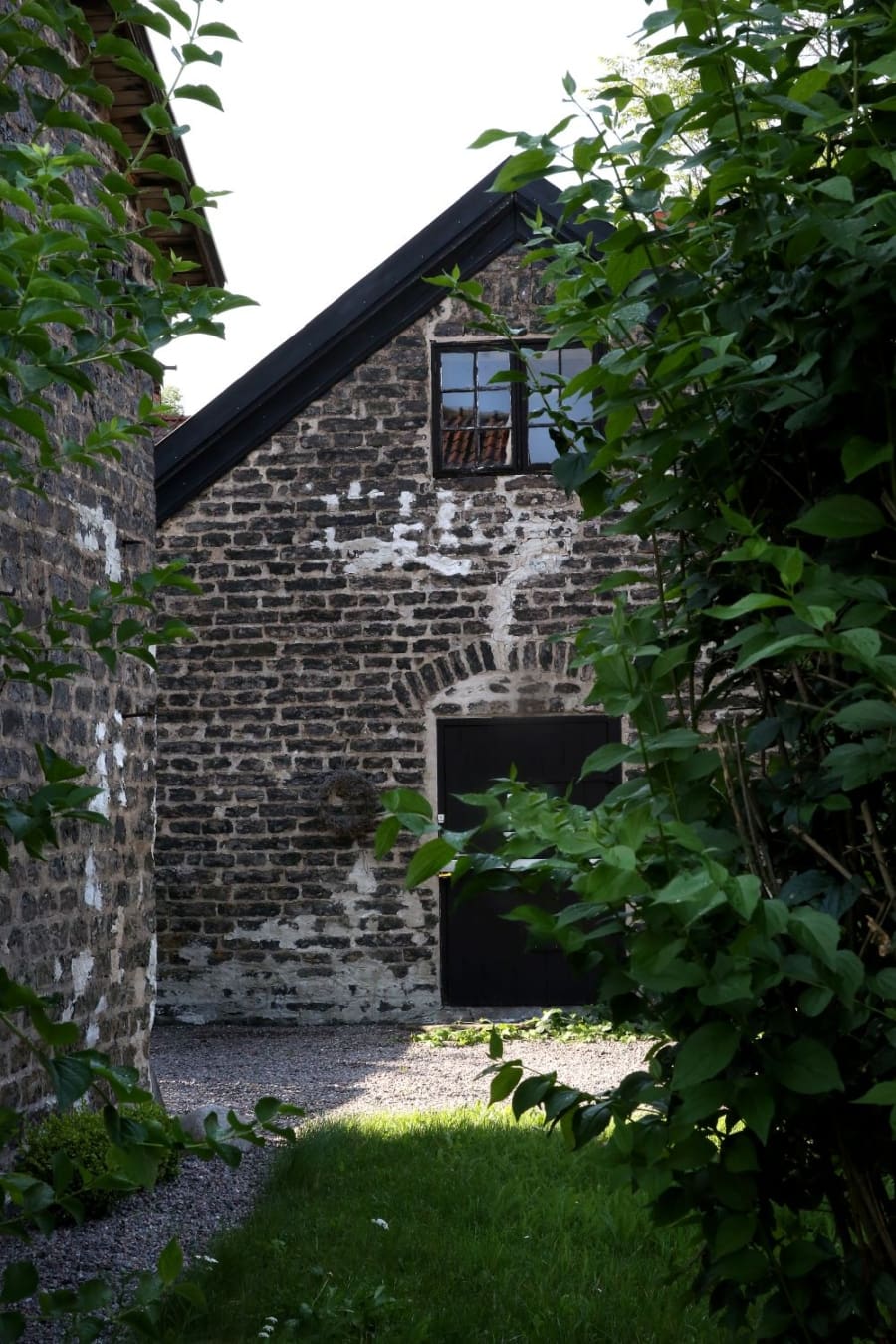Power, magic, and exclusivity
Dating as far back to 1500 BC, the technique for creating steel with unbeatable strength, durability and distinctive patterned surface forever changed the world of steel. The steel’s patterned surface was more beautiful than anything that had been created before. What became known as Damascus steel quickly established a superior reputation. Sword blades, daggers and spears of Damascus steel were reliable in battle. Chiefs and powerful rulers with such weapons in their hands were thought to be almost impossible to defeat. Damascus steel was not just a sign of power and wealth; the steel had also been thought to have mystical qualities.
Damascus steel’s exclusivity spread throughout the world over generations. Among Roman and Celtic warriors, Viking chieftains and Arabic emperors – Damascus steel has always been synonymous with respect, strength, beauty, and class for great leaders.
The forge welding technique – layering two types of steel in seven sheets – was developed and refined over time. Creating Damascus steel’s magical design involves the finest craftsmanship and is proof of mastery over the materials.


Heart of Steel – Steel Production in Sweden
In many ways, the steel industry developed Sweden into a modern and internationally competitive society. Not least in the area surrounding the successful iron industry villages in Northern Uppland. In 1676, the manufacture of anchors began at a mill in Söderfors. Through a new forge welding technique, the final product was stronger and better than anything before. Several steel industries rapidly developed in the village. Some of them, including Scana Steel (now Alleima) and Erasteel, continue Söderfors’ steel tradition today.
It was also Erasteel who in 1992 initiated the collaboration that would lead to the formation of a new company – and an international patent. Per Billgren, an employee at Erasteel, and Kaj Embretsen, a blacksmith and knife maker, together developed a method for manufacturing high-alloy Damascus patterned steel via powder metallurgy. The method would go on to win the “Innovation of the Year” prize at the 1994 EPMA conference in Paris. Soon after the step was taken to start the company Damasteel®.
Damasteel® is the youngest steel company in Söderfors, a town that holds over 300 years of steel-making tradition.
Damascus steel’s exclusivity spread throughout the world over generations. Among Roman and Celtic warriors, Viking chieftains and Arabic emperors – Damascus steel has always been synonymous with respect, strength, beauty, and class for great leaders.
The forge welding technique – layering two types of steel in seven sheets – was developed and refined over time. Creating Damascus steel’s magical design involves the finest craftsmanship and is proof of mastery over the materials.
DAMASTEEL®– A Closer Look at our History
At the beginning of the nineties, Pelle Billgren was appointed CEO of Söderfors Powder in Northern Uppland, a division formed to broaden the company Erasteels’ use of powder materials. To produce steel using powder metallurgy was not new. The technology had been used for over twenty years, however, marketing the process had not been easy. The material is greatly improved, but also more expensive. Tool manufacturers were reluctant to pay for stronger steel, even with greater longevity.
Pelle Billgren suspected early on that the powder’s impressive flexibility was another important competitive advantage. Attending a forging event in the village of Gysinge confirmed his suspicions: He could see that blacksmiths would benefit in a big way from a powder-made material. After a recommendation, Pelle paid a visit to Kay Embretsen, a Swedish blacksmith and knife maker located in Edsbyn, Hälsingland well known around the world for his skills. The meeting would turn out to be crucial for the company, which was now ready to be formed and named, Damasteel AB.
It was at Kay Embretsen’s workshop that Pelle Billgren first encountered Damascus patterned steel, a patterned steel he had never seen before or had any knowledge of, despite its thousands of years of history and his experience in steel.
Pelle saw the enormous, beautiful knives that Kay manufactured and sold; exquisitely designed pieces that buyers never even used. In a world with an emphasis on functionality, clarity and ease of use, there was also a market for pure design. The price for one of Kay’s knives was around $2,500. Pelle Billgren had found his niche.
In the process of producing stainless steel through powder metallurgy, Pelle learned to manufacture a type of steel that behaved like a monosteel, with no inclusions and incomparable strength and toughness. Using the same technology, he examined whether it would be possible to create patterned steel, even if the operation would become more complex. He suggested to Kay Embretsen that they work together on this idea, and without a moment of hesitation, Kay agreed to commence work immediately.
…
Taking the steel beyond Söderfors
In his workshop, Kay Embretsen created Damascus patterned steel using traditional forge welding, a process that has been used throughout history. However, forge welding makes it impossible to make stainless Damascus patterned steel. To succeed with their new venture, to make a stainless Damascus patterned steel, with both beauty and function, the manufacturing process was crucial. They asked themselves, “How do we layer different types of steel into one steel?”
They began to sketch ideas, and after a process of trial and error, they soon found they were on the right track.
They poured their steel into nearly 150 layers, creating a steel which could then be twisted, crumpled, marked, and varied – almost indefinitely. The two men were now ready to move forward with their ideas. In 1995, Damasteel® began applying for patents for its method to create stainless Damascus patterned steel through powder metallurgy.
Damasteel set up their new business in the former stable of the Söderfors mill, a small group of heritage-listed buildings that dated as far back as 1835. A forge was quickly built, and furnaces, hammers and sanders were sourced as surplus equipment from nearby steel mills, at favourable prices. They travelled around Sweden and Germany to potential customers who were introduced to their new ideas. Reactions were mixed. Several large knife factories, WMF and Böker, saw the early potential of the new raw material, while others were more skeptical. This was something that Embretsen and Billgren were prepared for.
After their initial sales trip, Kay Embretsen decided to return home to his blacksmith business in Edsbyn, but when the patent was accepted, he was included as one of the creators without question. As Damasteel grew over the years, Kay continued to act as an ambassador for the company and its unique steel. Without Kay Embretsen’s invaluable blacksmith and material knowledge, the road to Damasteel’s unique product would have taken considerably longer, and so would have the global recognition of the brand.
…
The growing pains of a new business
The workshop in Söderfors was quiet without the presence of Embretsen and Billgren needed more help to move this project forward. Billgren needed to hire someone to help him build up the company but also someone who had technical expertise. Billgren’s son, Mattias, was perfect for the role due to his expertise and interest. Damasteel®, now a family company, began its journey to put in place the business idea that had been there from the very beginning – to offer steel with the unique properties of design, function, and mystique.
The business grew and continued with the collaboration between Pelle and Mattias. Both found huge enjoyment in the challenge of the work they were undertaking. Although, at times it was a struggle, almost always a mess, and many in Söderfors were baffled as to what was really going on in the old stables.
The father-son duo got their big break when Damasteel was chosen by the large knife manufacturer, Böker, for their new range of knives. At the same time as their first large contract was solidified, many of the relationships they built on Kay and Pelle’s initial sales trip started to bear fruit. More and more individual knife manufacturers began asking for the patterned steel from Söderfors. In the workshop, experimentation began to create new patterns and subsequently, more employees were hired.
The process took time, and the company was often forced to pay out money during the production. For the first few years, they often received an order and then needed to approach the bank for a loan to purchase the necessary materials.
At the beginning of 2000, after five years of operation, a turnaround began. Damasteel® was now an established and successful family business with customers all over the world.
…
Expanding our team, and our reach
The company continued along for another full decade. Pushing boundaries on innovation – patterning and constantly striving to maintain a quality of materials that they were already widely known for. They gradually expanded their customer base, gaining customers and building relationships with distributors all over the world. After 15 years at the helm of Damasteel, Billgren finally felt that he had achieved his goals and ambitions for the company and decided that it was time to step down. To pass the torch to another family.
Söderfors, and the world of steel production in Northern Uppland is a small community. When plans for Billgren’s departure from Damasteel were heard by Per Jarbelius he was intrigued and wanted to investigate further. At the time Per was working for a supplier of Damasteel®. Taking the first opportunity to visit the operation Per immediately took a liking to the business and a dream started forming in his head.
Since beginning work at the age of 15 in the weapons workshop of the Bofors Works Per’s attention has been keenly on steel. Gaining practical experience over the years in both steel and engineering while also self-training as a blacksmith, Per’s thoughts were always keenly focused on the development of steel technology. Since those early days at Bofors he always maintained a keen interest in the history of iron making in Sweden, and the industrial heritage of small communities like Söderfors. His wife Kristina, of Walloon heritage, deeply supportive of her husband’s passions, thought that Damasteel® was the right place for them both, and they were thrilled they could carry on Billgren’s dream of Damasteel® as a family business.
When the Jarbelius family expressed interest in taking over Damasteel® and continuing its success, Pelle Billgren had a distinctive feeling that they were the right people for the job. A new family would have the confidence to take the business further into the future. The company officially changed hands in 2012, and Per and Kristina Jarbelius took over the reins of Damasteel® and its many patents.
…
Even today, there are few manufacturers of powder steel on the market. The homogeneous powder steel hardens quickly and produces a finer structure – a structure that provides less risk of breakage and can withstand a greater load. In other words, Damasteel® manufactures steel today that Pelle Billgren envisioned in the small workshop in Edsbyn, Hälsingland.
A steel of quality, beauty, rarity, and practicality. A steel that combines beauty and mysticism with the demanding world of function. A steel to be used and admired.